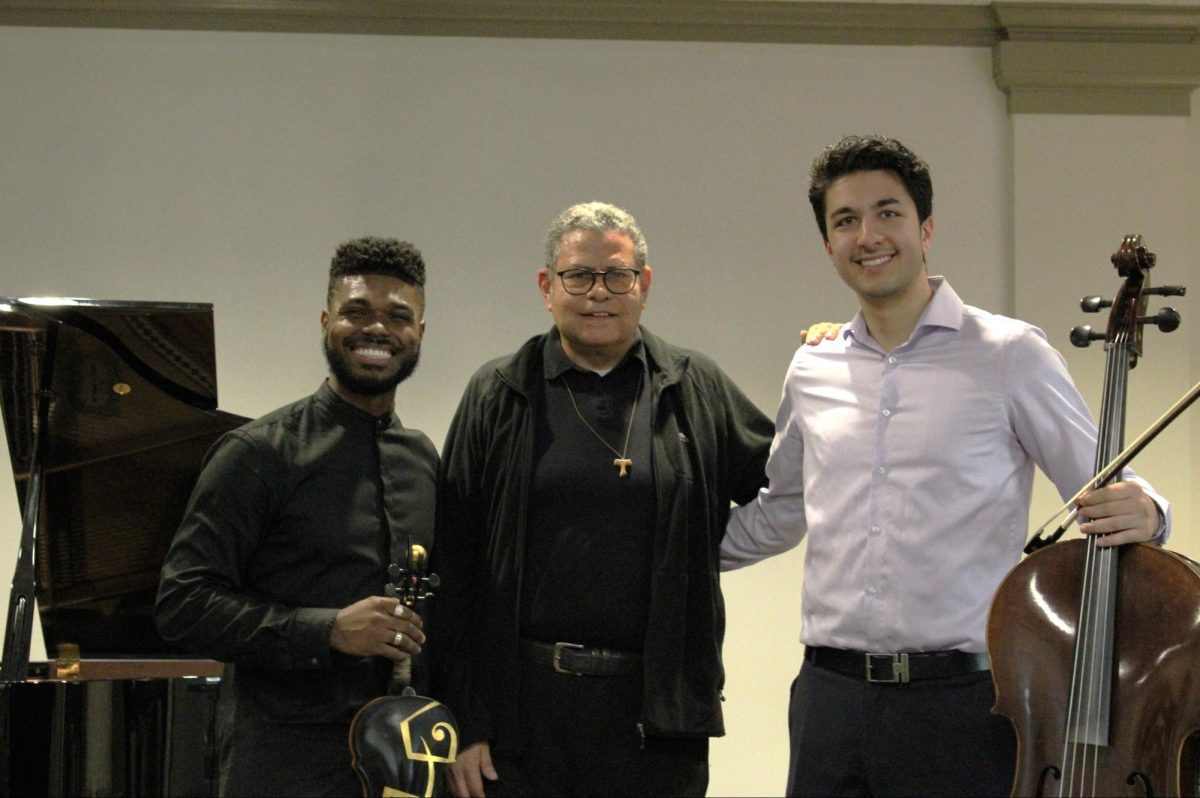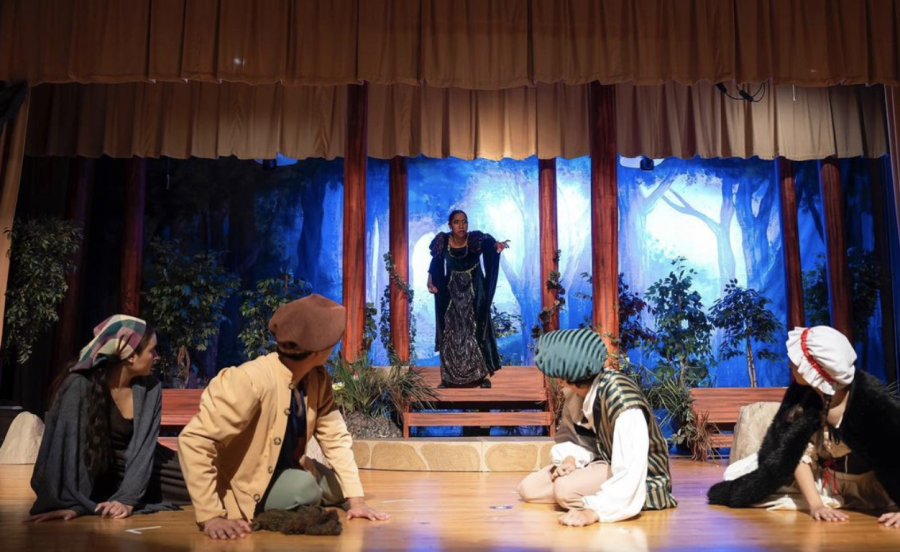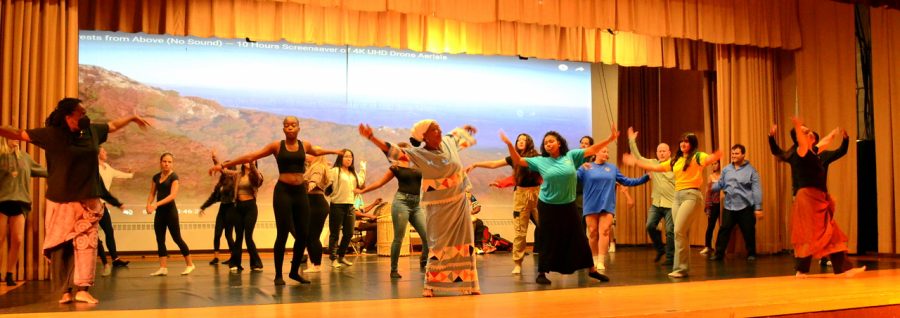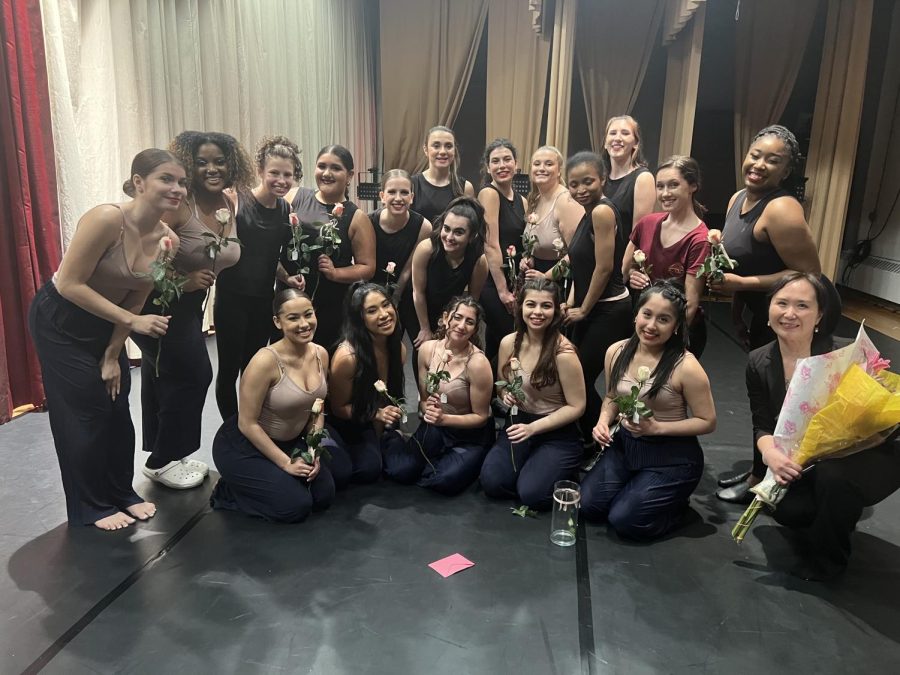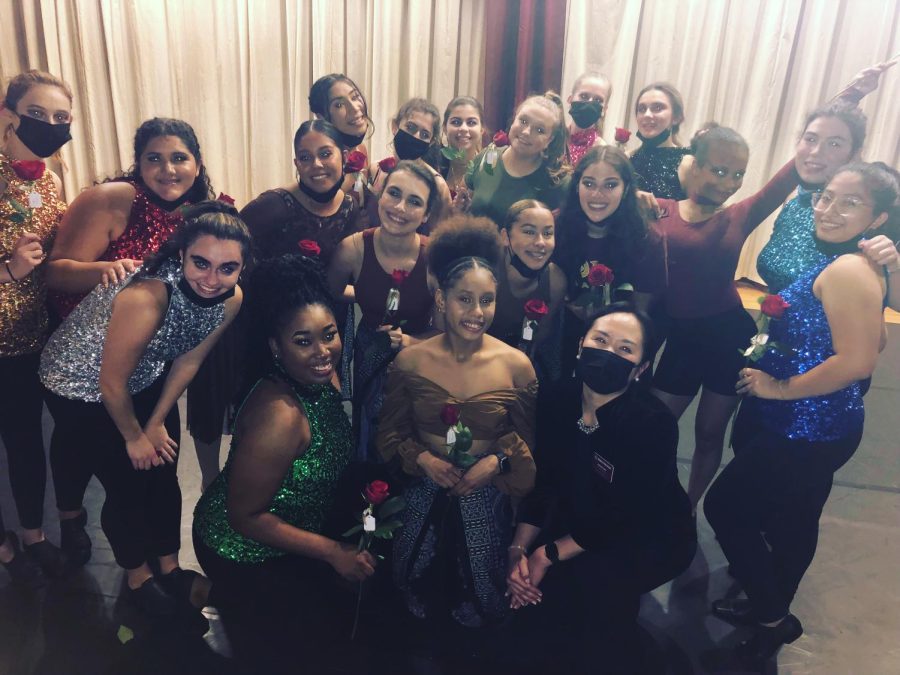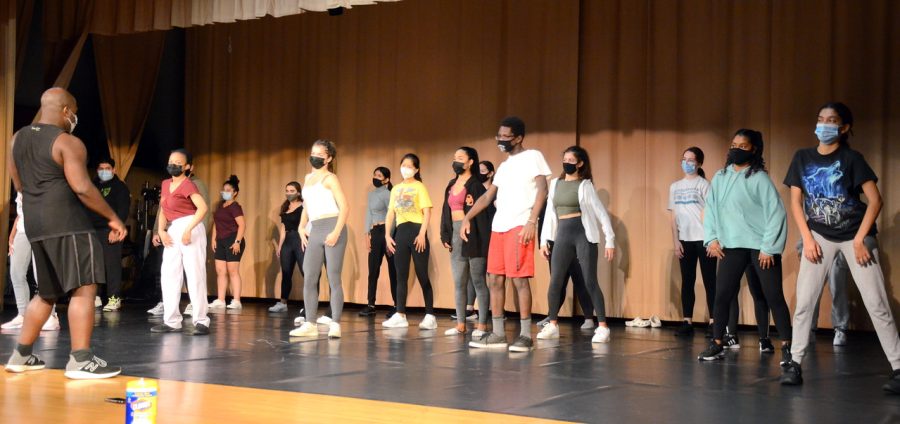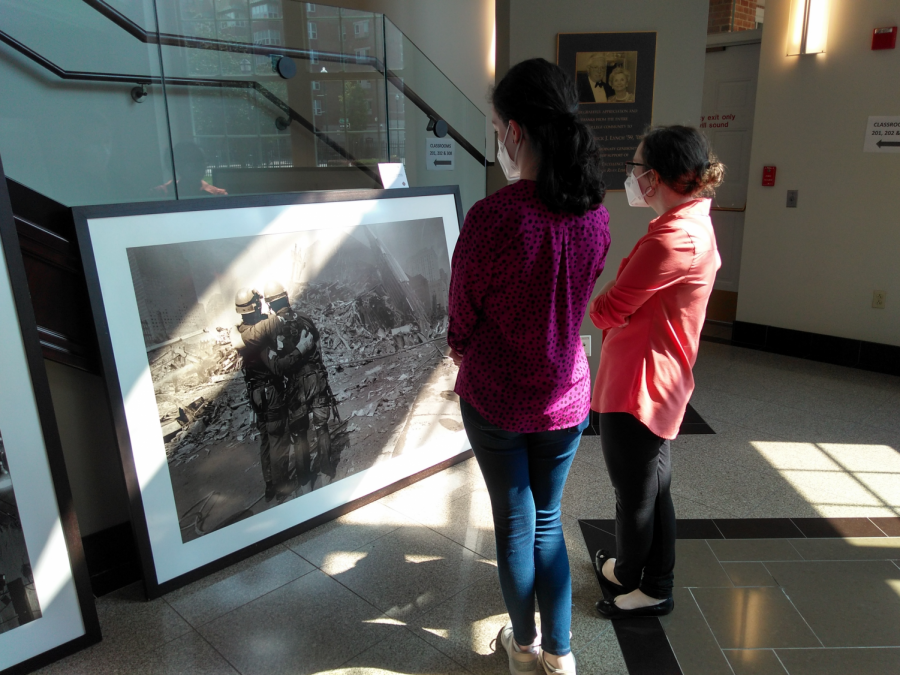The Age of Enlightenment from the late 17th century until the early 19th century was a time of great change in Europe, full of new ideas, great writings, and of course, music. This era was where much of the great, well-known classical music originated from, as the societal revolution created what we now think of when we think about classical music. Music and the Enlightenment, a concert and lecture that took place on Iona’s campus on Oct. 18, looked to explore this period and its music, through pieces written for piano, violin and cello.
The music was performed by an exceptional group of musicians, who played perfectly with each other despite practicing together for the first time 24 hours before the event.
Dr. Vaughn Fayle, a Scholar in Residence at Iona who specializes in The Enlightenment and its music, led the lecture portion of the concert, as well as performing on the piano. The violin was parts were performed by Dr. Edward Hardy, who is a composer, teacher and performer who specializes in working with minority students and persons of color in music. The last performer was Marcus Fakoury, an Iona student in the class of 2026 and Biology major, who’s passion for the cello helps to highlight the blending of biology and classical music.
The concert consisted of three pieces, spanning from the beginning to the end the of the era, highlighting the way music changed over the Age of Enlightenment. The first piece, featuring Dr. Fayle and Dr. Hardy on piano and violin, was Vitali’s Chaconne in G minor. This piece was on that marked the beginning of the Enlightenment Era, and showed he changing music of the time. As Dr. Fayle described in the lecture, before the Enlightenment music was not something that was accessible for most people. Music was entertainment for the nobility or for God, and outside of church most people did not experience music. The Enlightenment changed much of that feeling, and led to composers being very precise when writing, so that the piece could be replicated for people to listen to the same way everywhere it was played.
The second piece brought in Fakoury on Cello for the first and second movements of Haydn’s Piano Trio in G major. This piece highlighted the music of the enlightenment as a conversation, the instruments communicating the story of the piece to each other. The piano, violin, and cello gave each other time to perform, and the4 multiple voices within the piece complemented each other. Dr. Fayle described how Haydn is considered the “Father of the Enlightenment” with his music,paving the way for accessible music for people, and his he taught other Classical music greats, such as Beethoven.
The final piece performed was the first movement of Beethoven’s Piano Trio in B flat. Opus 11. This piece was very fast paced, with abrupt cutoffs and overlapping voices. This piece, which was composed closer to the end of the enlightenment, showed a conversation that was less neat and polite, and showed more anger, as is a common theme in Beethoven’s music. This piece showed the struggle of people finding their place in a world that had gone through many societal changes, and Beethoven highlights the idea that music was communication, and was using his music to convey a new language.
Just as society was undergoing a great deal of change, music went through a similar change in the Age of Enlightenment. This concert conveyed that change, not just by telling the audience, but showing them, with amazing pieces that were incredibly performed, giving audiences a feel for the Enlightenment Era through music.


